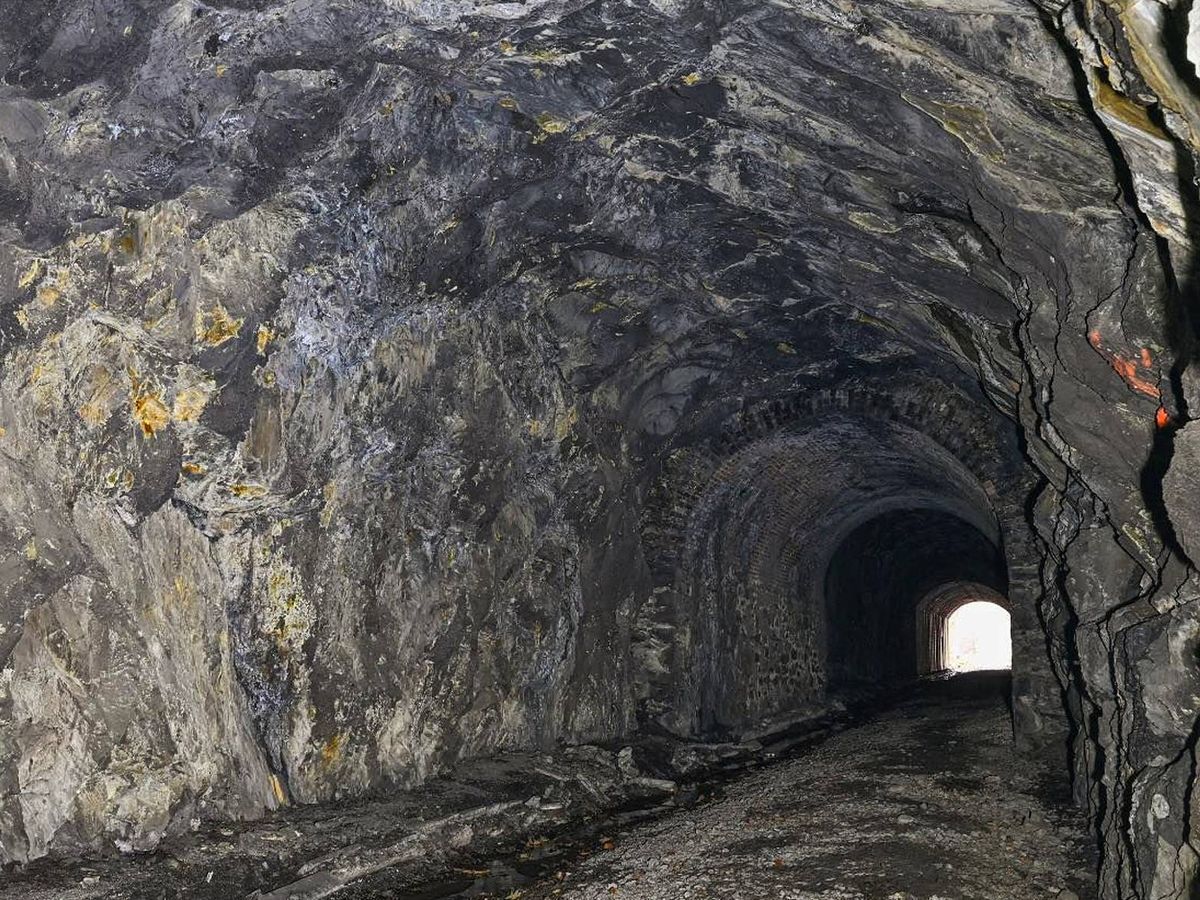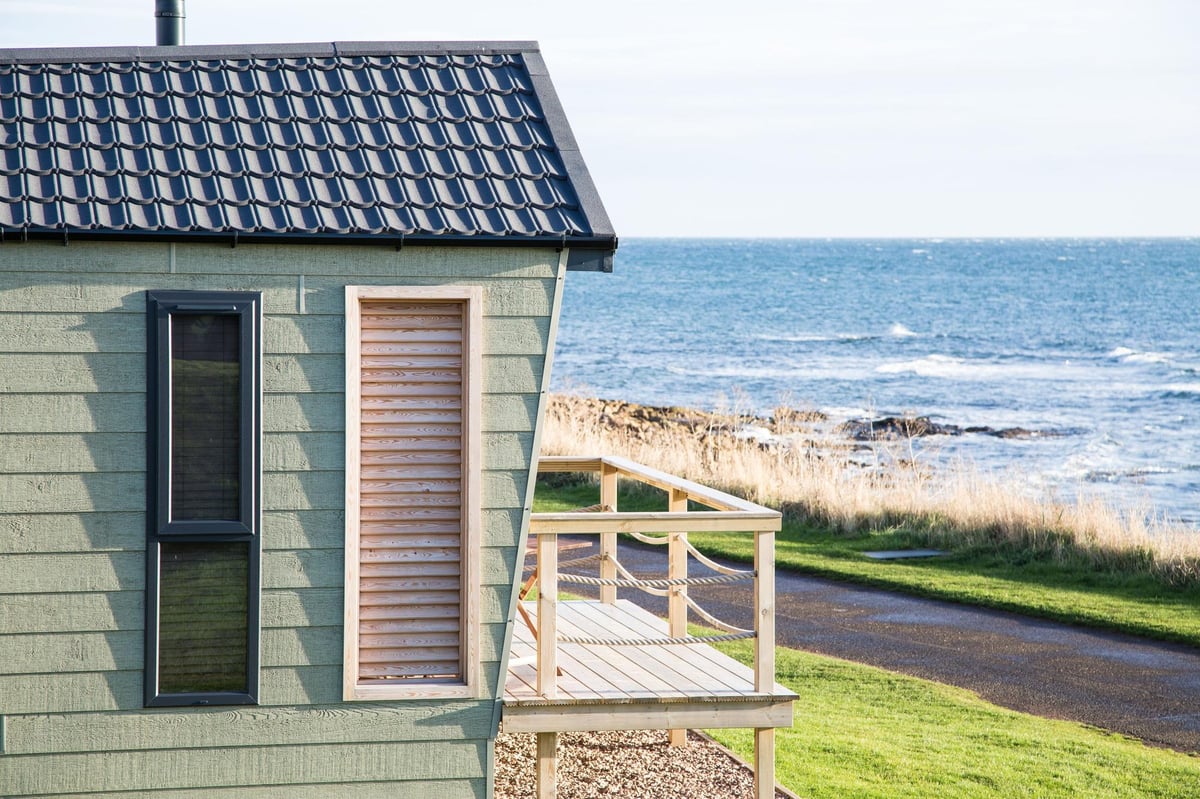By Andrew Forgrave,Ellie Gosley
Copyright walesonline

As the train neared the shadowy entrance to Ty-tyn-y-graig’s brick-lined railway tunnel the prisoner seized his opportunity. John Williams, a vagrant and former prisoner, turned to police constable Thomas Jones and begged to be freed from his agonising handcuffs. PC Jones ought to have been more wary: just nine days before he’d been attacked by Williams who was then given three months of hard labour at Ruthin gaol. As the officer who made the arrest it fell to him to accompany the convict to prison on the 4.41pm service from Bala. On June 7, 1879, the Caernarvon and Denbigh Herald reported: “The officer, with a display of kindness which was evidently undeserved, complied with this apparently reasonable request.” His kindness was rewarded with a “heavy blow” from Williams, allowing the prisoner to break away, reports North Wales Live . In an instant he’d vanished through the carriage door and into the pitch-black tunnel with the unfortunate constable’s helmet flying out behind him. The train, noted the newspaper, was “moving at a rapid speed” at the time. For our free daily briefing on the biggest issues facing the nation, sign up to the Wales Matters newsletter here . When the hatless officer returned to investigate, having got off at nearby Llandderfel station, he anticipated discovering blood on the railway tracks. Much to his amazement the escapee had fled apparently without injury. Williams, it emerged later, knew this stretch of the railway well: had he orchestrated the whole thing from the start? A massive search operation was mounted and the tale of the “daring escape” dominated newspaper columns across Britain. Several weeks afterwards he was apprehended in Wrexham , still hobbling from a foot injury he’d suffered while jumping from the railway carriage. “The wonder is that he was not more hurt as the train was going fast and the tunnel is narrow,” the Mid-Surrey Times reported on June 28. Ty-tyn-y-graig Tunnel features four trackside refuges – hollowed-out alcoves within the walls created to provide shelter for railway workers when trains approached. Did Williams fling himself into one of these? Eerily the outline of a person appears to be visible in one refuge as if sheltering from trains that no longer run. The tunnel, situated on the former Ruabon-Barmouth railway line, isn’t particularly lengthy at approximately 480ft. Yet it’s long enough for troublemaking. Nearly a century following the “daring escape” schoolchildren journeying to Bala in the early 1960s were once more exploiting the blackness. A former pupil remembered online: “As many other first-year pupils will attest we used to get hammered by the older pupils in this tunnel on each journey. “There were no corridors on the trains and they used to take the bulbs out so you never knew who hit you in the dark. Simple times!” Predictably the railway became a casualty of the 1960s Beeching cuts. It actually shut down earlier than planned after River Dee flooding damaged the track near Llandderfel in late 1964. A stone wall gap on the B4401, a short distance from the historic Bryntirion Inn, leads to a flight of overgrown steps descending to where the platforms once stood, adjacent to a road overbridge. Little remains of the station, save for a few derelict buildings filled with rubbish, but the track is still accessible. It was here in 1889 that Queen Victoria arrived on the Royal Train accompanied by her Scottish gillies. For this special occasion the platform was extended and elevated and a floral awning was set up in case the Welsh weather proved unpredictable. The Queen was hosted at the nearby Pale Hall owned by Sir Henry Robertson who was chairman of the original railway company that constructed the line. During her visit she surprised spectators by expressing her gratitude in Welsh. Pale Hall had a telephone connection with the station’s signal box. It wasn’t the only estate to receive such preferential treatment: Crogen Hall Halt, across the River Dee, had a private halt built on the line. While the idea seemed practical the necessity of a cross-river ferry trip each way meant the private station lasted merely a decade. Last year the tunnel – a mile towards Bala from the station – was explored by Disused Railway Tunnels UK (DRT UK). This was the 121st railway bore explored by the blog site, which recently completed its 150th tunnel visit. DRT UK observed its mixed construction – half the tunnel features masonry lining while the other half consists of bare exposed rock – and expressed amazement at its apparent pointlessness. “Looking at the hillside above you wonder why they didn’t just build a cutting instead,” said DRT UK. “Or alter the alignment to skirt round the hillside slightly and run alongside the bank of the River Dee. “The trackbed either side is absolutely straight as far as the eye can see. It’s a real wonder to look at – the original fences still mostly intact, some fashioned from redundant pieces of railway track. Another fantastic piece of industrial history largely forgotten in north Wales.” Railway enthusiasts harbour dreams of reopening the route one day – most likely to Bala rather than back to Corwen. It’s highly improbable. In stunning countryside a long-distance walking trail has also been suggested. For the time being the disused line remains in comparative obscurity, a cartographic curiosity evoking a golden era of travel, its tunnel serving as a haunting reminder of past transgressions.



